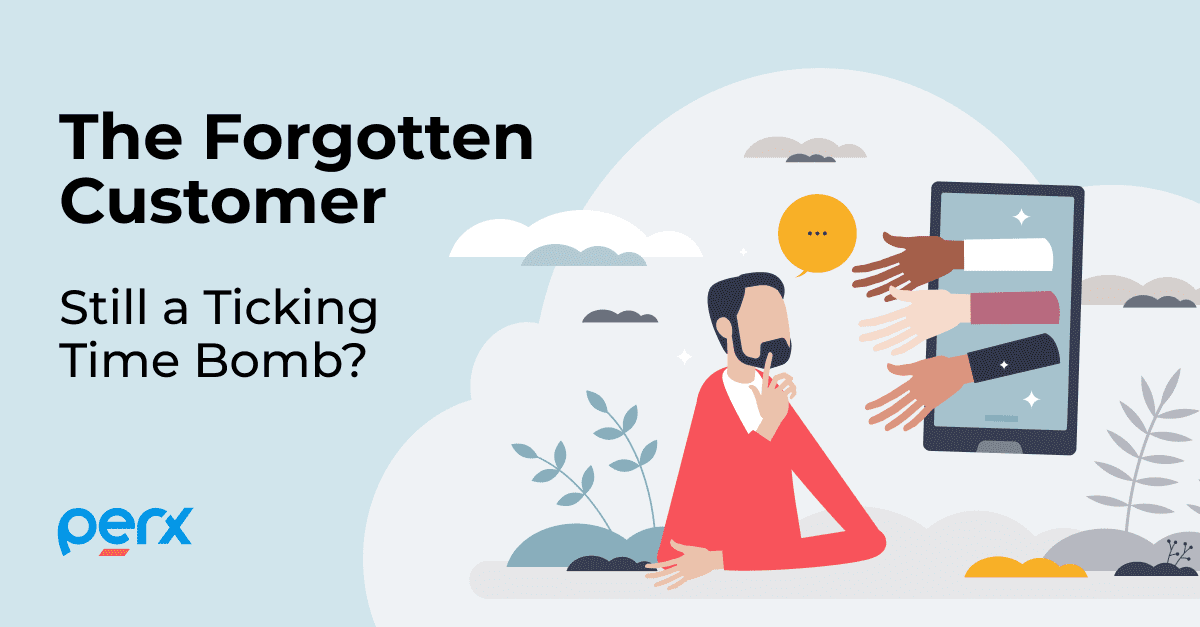Meet Perx at WFIS Manila 2025 | Gamified Loyalty for Banks & Fintechs

Meet Perx at WFIS Manila 2025 – Booth E19
23–24 September | Manila Marriott Hotel | Philippines
We’re Heading to the Philippines’ Premier Fintech Event
Perx Technologies is thrilled to announce our participation at the World Financial Innovation Series (WFIS) Philippines 2025, taking place 23–24 September at the Manila Marriott Hotel.
This flagship fintech and digital banking event brings together 600+ banking, fintech, microfinance, and insurance leaders to reimagine the future of financial services in the Philippines.
You’ll find the Perx team at Booth E19, where our Sales Director, Samit, and Growth Marketing Manager, Azmeen, will be ready to meet, demo, and share how leading banks and fintechs are already transforming loyalty with Perx.
About WFIS Manila 2025
WFIS Philippines 2025 is the region’s top fintech conference focusing on:
- Digital banking innovation and open finance adoption
- Financial inclusion for millions of underserved Filipinos
- Cybersecurity & RegTech challenges in a fast-changing landscape
- Customer experience transformation for banks and fintechs
It’s more than just keynotes — WFIS offers solution showcases, networking opportunities, and a gala awards dinner. For financial services leaders in Southeast Asia, it’s the place to connect, learn, and find future-ready solutions.
Why Meet Perx at WFIS Philippines?
At Perx, we help financial institutions move beyond transactional points systems and deliver gamified, personalized loyalty programs that tie directly to ROI.
You’ll At Booth E19, you’ll:
-
- See live demos of Perx’s gamified customer engagement platform
- Learn how we help banks cut CAC, increase LTV, and boost retention
- Discover how loyalty can drive real revenue growth, not just rewards
- Access an exclusive WFIS discount code (ask our team!)
Can’t attend WFIS? We’ll be in Manila all week until 25 September — let’s grab coffee and connect.

Ready to Reimagine Engagement?
Meet the team, play with the platform, and see how easy it is to create campaigns your customers will love.
What is WFIS Manila 2025?
WFIS (World Financial Innovation Series) Manila is the leading fintech and digital banking conference in the Philippines, gathering 600+ FS leaders to discuss innovation, financial inclusion, and customer experience.
When and where is WFIS Philippines 2025 happening?
The event is scheduled for 23–24 September 2025 at the Manila Marriott Hotel, Philippines.
Where can I meet Perx at WFIS?
Perx Technologies will be at Booth E19 with live demos, case studies, and exclusive offers.
Why should banks and fintechs meet Perx at WFIS?
Because we transform everyday banking interactions into lasting loyalty and measurable growth with gamified engagement, AI personalization, and no-code campaign tools.
What if I can’t attend WFIS Manila 2025?
Our team will be in Manila until 26 September — book a private meeting to connect outside the event.
Recommended for you

Blogs

Sustainability

Blogs

Blogs

Blogs
Ready to join them?























































